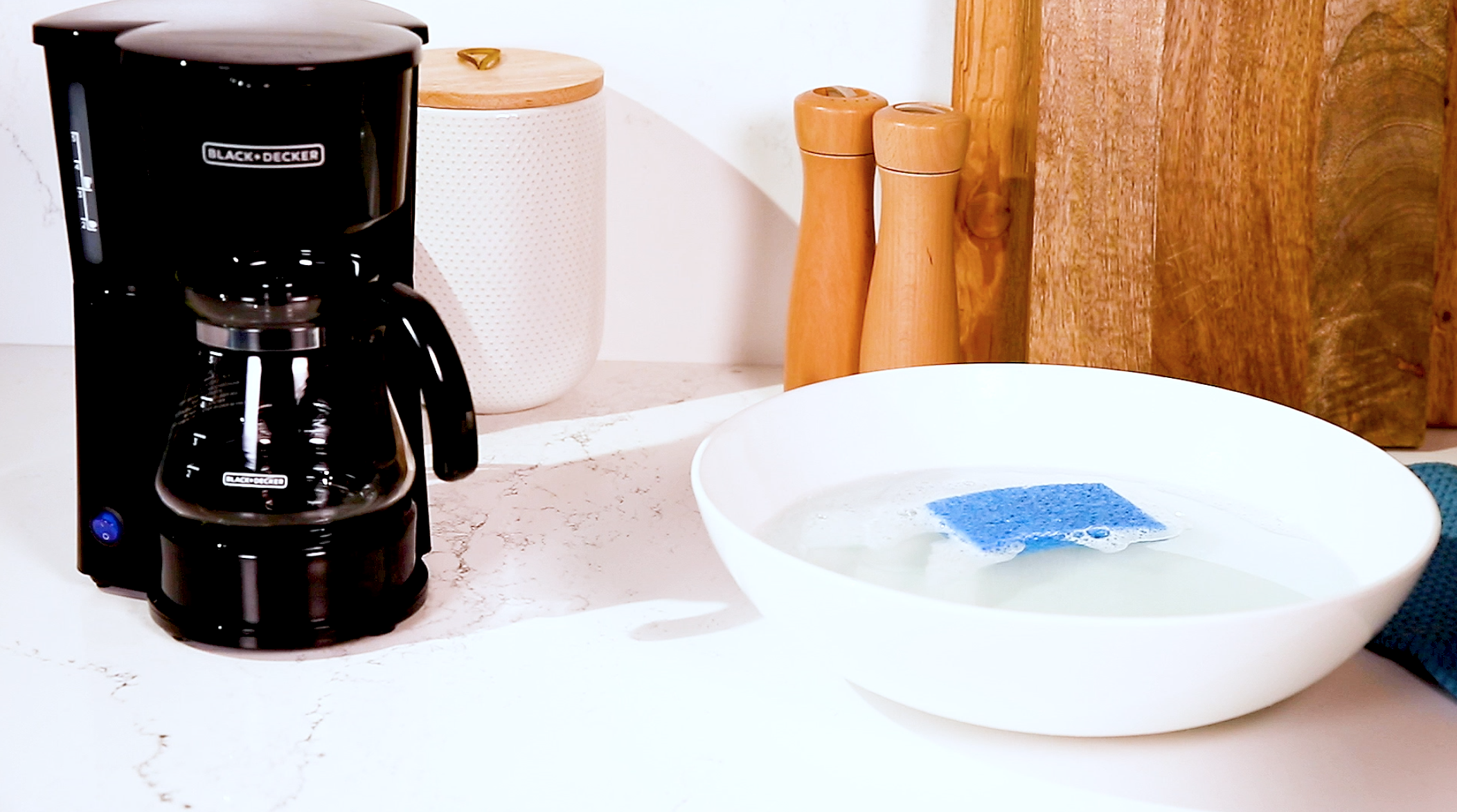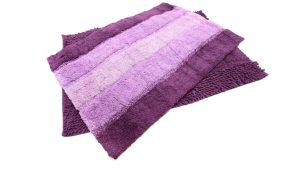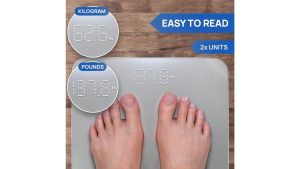How to Clean Coffee Maker: Quick & Easy Tips

To clean a coffee maker, first remove and wash all removable parts. Then, run a brewing cycle with a vinegar-water solution.
A clean coffee maker ensures better-tasting coffee and prolongs the machine’s life. Regular maintenance prevents the buildup of coffee oils and mineral deposits, which can affect flavor and performance. Start by removing and washing the carafe, filter basket, and any other removable parts with warm, soapy water.
After rinsing thoroughly, fill the water reservoir with a mixture of equal parts vinegar and water. Run a full brewing cycle to break down any buildup inside the machine. Finally, run two more cycles with just water to rinse out any remaining vinegar. This simple routine keeps your coffee maker in top condition.
Introduction To Coffee Maker Maintenance
A clean coffee maker is essential for making great coffee. Regular maintenance ensures your machine lasts longer. It also improves the taste of your coffee. Let’s explore why cleaning your coffee maker is important.
Importance Of Regular Cleaning
Regular cleaning prevents the buildup of minerals and coffee oils. These can clog your machine and affect its performance. Cleaning your coffee maker also removes bacteria and mold. This keeps your coffee safe and healthy to drink.
Impact On Coffee Taste And Machine Performance
Clean coffee makers brew better-tasting coffee. Residue from previous brews can make your coffee taste bitter. Removing this residue ensures a fresh, delicious cup every time.
A clean machine also performs better. It heats water to the right temperature. This improves the extraction of coffee flavors. Proper maintenance reduces wear and tear. This helps your machine last longer, saving you money in the long run.
Cleaning Schedule
| Part | Cleaning Frequency |
|---|---|
| Carafe | After every use |
| Filter Basket | After every use |
| Water Reservoir | Weekly |
| Descale | Monthly |
Steps To Clean Your Coffee Maker
- Empty the carafe and filter basket.
- Rinse them with warm water.
- Fill the water reservoir with equal parts water and vinegar.
- Run a brewing cycle without coffee grounds.
- Run two more cycles with clean water to rinse.
Types Of Coffee Makers
Cleaning your coffee maker is crucial for great-tasting coffee. Different types of coffee makers need different cleaning methods. Here, we will explore the different types of coffee makers and how to clean them.
Drip Coffee Machines
Drip coffee machines are very popular. They use a filter to brew coffee. To clean them:
- Remove the filter and throw away used coffee grounds.
- Wash the filter basket and carafe with warm soapy water.
- Fill the water reservoir with a mixture of half water and half vinegar.
- Run a brewing cycle and then rinse with clean water.
Single-serve Pod Coffee Makers
Single-serve pod coffee makers use pods to brew one cup at a time. To clean them:
- Remove the used pod and discard it.
- Wash the pod holder and drip tray with warm soapy water.
- Fill the water reservoir with a mixture of half water and half vinegar.
- Run a brewing cycle without a pod and then rinse with clean water.
Espresso Machines
Espresso machines make strong coffee. They have several parts that need cleaning:
- Remove and clean the portafilter and basket.
- Wipe the steam wand with a damp cloth.
- Backflush the machine with a cleaning tablet.
- Rinse all parts with clean water.
French Press And Other Manual Brewers
Manual brewers like French Press are easy to use and clean:
- Discard the used coffee grounds.
- Disassemble the French Press and wash all parts.
- Use warm soapy water and a sponge.
- Rinse thoroughly and let dry.
Essential Cleaning Supplies
Cleaning your coffee maker is crucial. It ensures your coffee tastes great. The right supplies make the job easier and more effective. Here are the essential cleaning supplies you need.
Common Household Items
You don’t need fancy products. Many household items work well.
- White Vinegar: Great for removing mineral buildup.
- Baking Soda: Excellent for scrubbing off stains.
- Dish Soap: Perfect for cleaning removable parts.
- Paper Towels: Handy for wiping down surfaces.
- Soft Brush: Ideal for cleaning small crevices.
Specialized Coffee Maker Cleaners
Sometimes, you need specialized cleaners. They target coffee oils and other stubborn residues.
| Product | Usage |
|---|---|
| Descaling Solution | Removes mineral deposits effectively. |
| Cleaning Tablets | Breaks down coffee oils and residues. |
| Cleaning Powder | For deep cleaning and maintenance. |
These items ensure your coffee maker stays in top condition. Use them regularly for the best results.
Daily Cleaning Routine
Maintaining your coffee maker daily ensures fresh and tasty coffee every morning. A daily cleaning routine also extends the life of your machine. Follow these simple steps to keep your coffee maker in top shape.
Simple Steps For Everyday
Cleaning your coffee maker daily is easy. Follow these steps:
- Empty the Carafe: Pour out any leftover coffee.
- Rinse the Carafe: Use warm water to rinse it out.
- Remove the Filter: Dispose of used coffee grounds.
- Wash Removable Parts: Clean the carafe, filter basket, and lid with soap and water.
- Wipe the Exterior: Use a damp cloth to wipe the machine.
Post-brew Cleaning Tips
After brewing coffee, follow these tips to keep your coffee maker clean:
- Remove Used Grounds: Dispose of them immediately.
- Rinse the Filter Basket: Remove any residue.
- Dry Parts Thoroughly: Avoid leaving parts wet to prevent mold.
- Check for Spills: Wipe any spills on the machine.
Daily cleaning keeps your coffee maker running smoothly. It also ensures every cup of coffee tastes fresh. Make these steps a part of your daily routine.
Deep Cleaning Process
Cleaning your coffee maker regularly ensures a fresh and delicious brew. The deep cleaning process removes stubborn stains and mineral deposits. This helps maintain the machine’s performance and longevity.
Decalcifying With Vinegar
Decalcifying with vinegar is a simple and effective method. Vinegar breaks down mineral deposits inside the coffee maker. Follow these easy steps:
- Mix equal parts of water and white vinegar.
- Pour the solution into the coffee maker’s water reservoir.
- Run a brew cycle without coffee grounds.
- Let the solution sit for 30 minutes.
- Run two more brew cycles with fresh water.
Vinegar eliminates calcium build-up and improves the coffee maker’s efficiency. Repeat this process every three months.
Alternative Descaling Solutions
Commercial descaling solutions are available for coffee makers. They offer a convenient alternative to vinegar. Here are some popular options:
- Descaling powders
- Liquid descalers
- Descaling tablets
Follow the manufacturer’s instructions for the best results. Typically, you mix the solution with water and run a brew cycle. Rinse thoroughly with fresh water afterward.
Baking soda is another natural descaling option. Mix one cup of water with one tablespoon of baking soda. Pour it into the water reservoir and run a brew cycle. Rinse with fresh water two more times.
Regular deep cleaning keeps your coffee maker in top shape. It ensures a great-tasting cup of coffee every time.
Troubleshooting Common Issues
Keeping your coffee maker clean is essential for great-tasting coffee. Sometimes, you might face common issues even after cleaning. This section will help you troubleshoot these problems effectively.
Clogs And Slow Brewing
Clogs in your coffee maker can cause slow brewing. This usually happens due to mineral deposits or coffee grounds buildup.
- Run a cycle with a vinegar and water solution.
- Use a needle to clear the coffee maker’s spray nozzle.
- Clean the water reservoir and filter basket regularly.
If the problem persists, check the water lines. Sometimes, they might be clogged with mineral deposits. You can soak these parts in a vinegar solution to dissolve the buildup.
Unusual Tastes Or Smells
If your coffee has unusual tastes or smells, it might be due to a dirty coffee maker. Here are steps to fix it:
- Clean the coffee maker with a mixture of vinegar and water.
- Rinse it thoroughly with fresh water.
- Replace the coffee filter with a new one.
Sometimes, the water you use can also affect the taste. Using filtered water can help. Also, ensure the coffee grounds are fresh.
| Issue | Solution |
|---|---|
| Clogged machine | Run vinegar solution cycle |
| Slow brewing | Clean spray nozzle |
| Bad taste | Use fresh coffee grounds |
| Weird smell | Rinse thoroughly |
Maintaining Your Coffee Maker
Keeping your coffee maker clean ensures great-tasting coffee every time. Regular maintenance can also extend the lifespan of your machine. Follow these simple steps to keep your coffee maker in top shape.
When To Replace Parts
Some parts of your coffee maker wear out over time. Knowing when to replace them is crucial for maintaining performance.
- Water Filters: Replace every 2 months. They remove impurities and improve taste.
- Brew Basket: Replace annually. A clean basket prevents mold and bacteria.
- Carafe: Replace if cracked or chipped. Damaged carafes can leak and affect brewing.
Longevity Tips For Your Machine
Here are some easy tips to prolong the life of your coffee maker:
- Clean Regularly: Clean your coffee maker every month. Use a mixture of water and vinegar to remove buildup.
- Use Filtered Water: Filtered water reduces mineral deposits. This keeps your machine running smoothly.
- Empty and Rinse: After each use, empty and rinse the carafe and brew basket. This prevents residue buildup.
- Dry Completely: Let all parts dry completely before reassembling. Moisture can cause mold and mildew.
| Maintenance Task | Frequency |
|---|---|
| Replace Water Filter | Every 2 months |
| Clean with Vinegar | Monthly |
| Replace Brew Basket | Annually |
| Rinse After Use | After Each Use |
By following these simple tips, you can enjoy a fresh cup of coffee every day. Remember, a well-maintained coffee maker makes all the difference.
Eco-friendly Cleaning Practices
Cleaning your coffee maker doesn’t need harsh chemicals. Eco-friendly cleaning practices are safer and just as effective. They protect your machine and the environment.
Natural Cleaning Agents
Natural cleaning agents can clean your coffee maker without chemicals. Vinegar is a great option. Mix equal parts of vinegar and water. Pour this solution into the water reservoir.
- Run a brew cycle without coffee grounds.
- Turn off the machine halfway through.
- Let the solution sit for 30 minutes.
- Complete the brew cycle.
- Run two more cycles with clean water.
Lemon juice is another natural cleaner. It works similarly to vinegar. Use one part lemon juice to two parts water.
- Mix the solution and pour it into the reservoir.
- Run a full brew cycle.
- Rinse with fresh water twice.
Baking soda can also help. Add a quarter cup of baking soda to a full pot of warm water. Stir until dissolved. Pour into the reservoir and run a brew cycle. Follow with two cycles of clean water.
Reducing Waste With Reusable Filters
Disposable coffee filters create waste. Switch to reusable filters to reduce waste. They are easy to clean and use. Simply rinse them after each use.
| Benefits | Details |
|---|---|
| Less Waste | Reduces the number of paper filters in landfills. |
| Cost-Effective | Reusable filters save money over time. |
| Better Flavor | Reusable filters often allow more oils through, enhancing flavor. |
Reusable filters are made from stainless steel or cloth. They fit most coffee makers. Choose one that fits your machine. Clean them with warm, soapy water after each use. For deeper cleaning, soak in vinegar and water once a month.
Frequently Asked Questions
What’s The Proper Way To Clean A Coffee Maker?
Clean a coffee maker by mixing equal parts water and vinegar. Run a brew cycle, then rinse with water.
How Much Vinegar Do You Put In A 12 Cup Coffee Maker To Clean It?
Use one cup of white vinegar mixed with one cup of water. Run the mixture through the coffee maker.
Does Vinegar Really Clean Coffee Maker?
Yes, vinegar effectively cleans coffee makers. It removes mineral buildup, disinfects, and eliminates odors. Use equal parts vinegar and water.
What Is The Best Home Remedy To Clean A Coffee Maker?
The best home remedy to clean a coffee maker is using a mixture of vinegar and water. Fill the reservoir with equal parts vinegar and water, then run a brewing cycle. Rinse by running two cycles with fresh water. This removes buildup and keeps your coffee maker clean.
How Often Should You Clean A Coffee Maker?
Clean your coffee maker every month to prevent buildup and ensure optimal performance.
What Is The Best Way To Clean A Coffee Maker?
Use a mix of vinegar and water to descale, then run clean water cycles to rinse.
Can You Use Vinegar To Clean A Coffee Maker?
Yes, vinegar is effective for descaling and removing mineral deposits from your coffee maker.
How Do You Clean A Coffee Maker With Vinegar?
Fill the reservoir with equal parts vinegar and water, run a brew cycle, then rinse with water.
Conclusion
Keeping your coffee maker clean ensures a fresh-tasting cup every time. Follow these simple steps regularly for optimal performance. Regular maintenance extends the lifespan of your machine and enhances flavor. Enjoy a perfect brew without the hassle. Clean your coffee maker today for a better coffee experience tomorrow.

:strip_icc()/How_to_clean_coffeemaker_0201-Step-01-Clean-With-Vinegar-828dacfe7f974698ad332dac86b70ed8.jpg)












